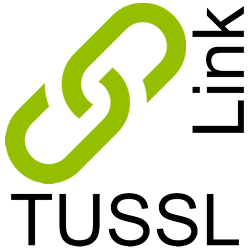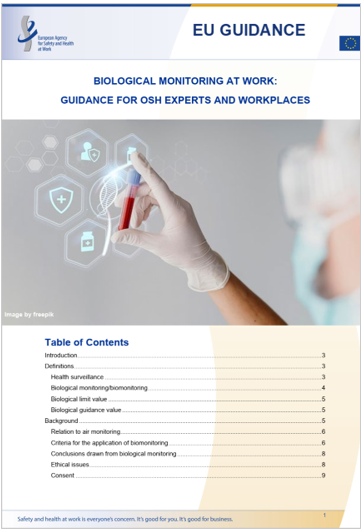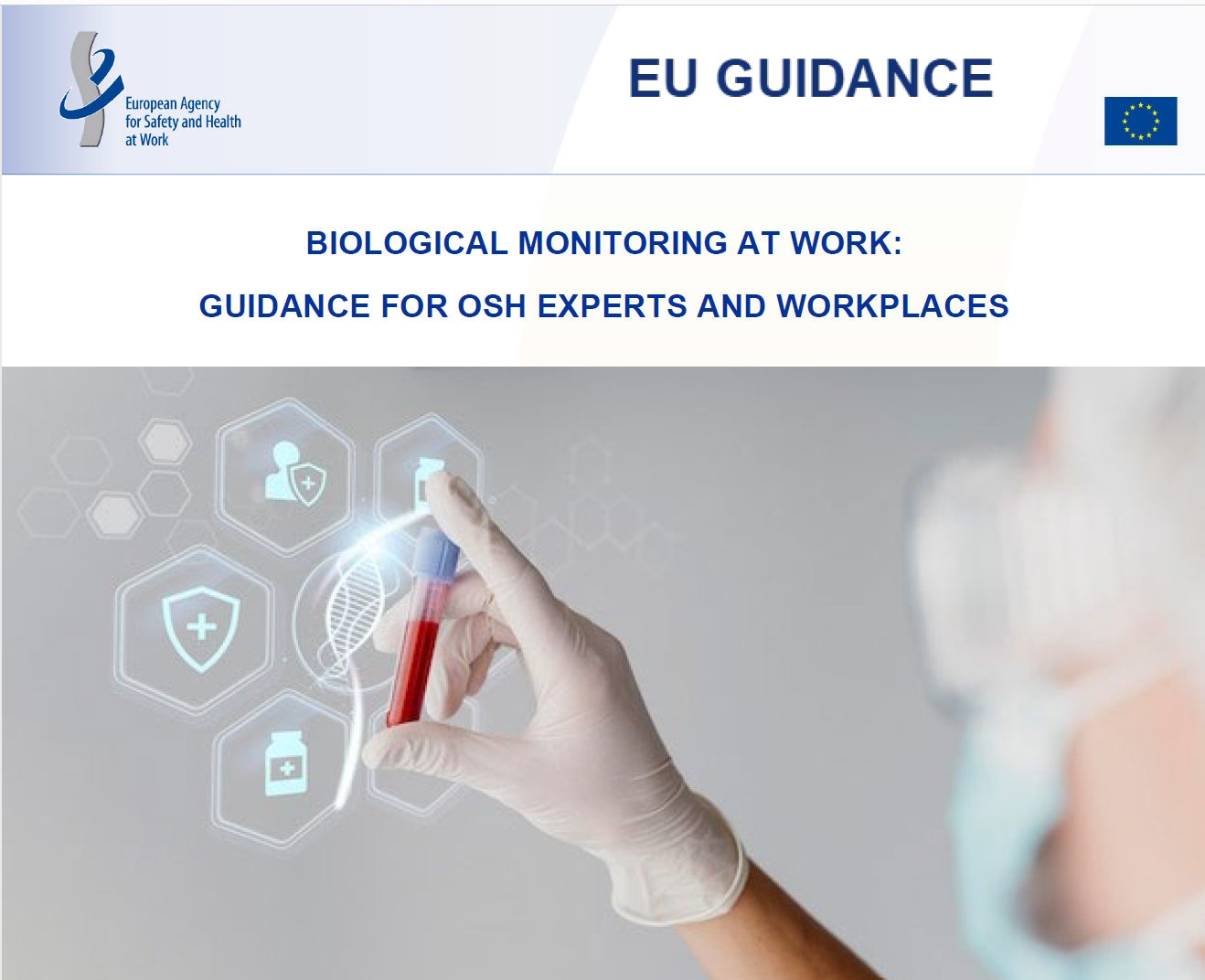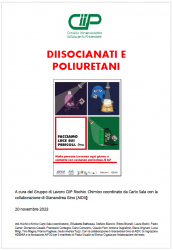Guida UE: Monitoraggio biologico sul luogo di lavoro
| ID 23819 | | Visite: 2054 | Documenti Sicurezza UE | Permalink: https://www.certifico.com/id/23819 |
Guida UE: Monitoraggio biologico sul luogo di lavoro / 2025
ID 23819 | 15.04.2025 / In allegato (EN)
Monitoraggio biologico sul luogo di lavoro: orientamenti per gli esperti in materia di SSL e i luoghi di lavoro
Il biomonitoraggio occupazionale è uno strumento per la valutazione dell’esposizione alle sostanze chimiche sul luogo di lavoro.
La presente guida stabilisce principi comuni e illustra il ruolo e l’uso dei valori guida per il monitoraggio biologico e dei valori limite biologici.
Offre ai professionisti della sicurezza e della salute sul lavoro e ai dirigenti informazioni su come istituire e gestire un programma di biomonitoraggio e utilizzare i risultati per migliorare la prevenzione. Il documento approfondisce le questioni etiche per proteggere la riservatezza e i diritti dei lavoratori e offre a costoro informazioni su cosa aspettarsi da questo tipo di monitoraggio.
________
BIOLOGICAL MONITORING AT WORK: GUIDANCE FOR OSH EXPERTS AND WORKPLACES
This guide is for occupational hygienists, occupational health (and safety) professionals and managers who are considering setting up and/or managing a biomonitoring programme for chemical exposure in the workplace. It may also be helpful to worker representatives and health and safety representatives. It was developed by the European Agency for Safety and Health at Work (EU-OSHA) on request of the European Commission and sets out common principles for occupational biomonitoring.1 However, it is important that users check the national occupational safety and health (OSH) legislation that applies to them, which may be more detailed or stringent.
The guide is based on national and international guidance documents that are listed in the references section. It gives practical advice on setting up a programme and how to protect workers’ rights, explains what EU legislation says and the role and use of biological monitoring guidance values and biological limit values, and provides information on how occupational biomonitoring is to be used to improve prevention at workplaces rather than for research purposes or development of biological monitoring methodologies. There may be more detailed guidance available at the national or sectoral level. It is therefore recommended to check for any national regulations, standards or guidance that detail the national requirements.
Since biomonitoring involves measurements on biological samples collected from individuals, it is essential that the rights of the individual providing the sample are safeguarded. The guide explains how to set up an effective biomonitoring programme in the workplace context while protecting the rights of individual participants.
The guide covers the use of biomonitoring for exposures to chemicals in the workplace for the purposes of exposure assessment and health surveillance, including in case of accidents and chemical spillage. It is not intended to give detailed advice on its use in other areas, for example, overdose research or pre-employment screening and environmental surveys. However, some of the principles and technical information are common to these other uses.
...
Table of Contents
Introduction
Definitions
Health surveillance
Biological monitoring/biomonitoring
Biological limit value
Biological guidance value
Background
Relation to air monitoring
Criteria for the application of biomonitoring
Conclusions drawn from biological monitoring
Ethical issues
Consent
Requirements on those who carry out health surveillance and biological monitoring
How to set up a biomonitoring programme
Information for employers who want to set up a biomonitoring programme
Defining the purpose of biomonitoring
Consultation on the programme with workers or their representatives
Discussing and agreeing on the programme with the individual workers concerned
Managing a workplace biomonitoring programme
Who should be subjected to biomonitoring?
Selection of biomonitoring methods
Choice of test parameter
Sampling
Quality assurance
What elements must be taken into consideration to interpret the results of occupational biomonitoring?
Biomonitoring for prevention
Action in case of a health problem or exceedance of a BLV
Health surveillance and biomonitoring after the end of exposure
Record-keeping
Individual records
Collective results
Information about biomonitoring results to the concerned parties
Worker information
Information to the employer
Costs
Information for workers
When do I need health surveillance including biomonitoring?
Who carries out biomonitoring and monitors my health?
Who pays for biomonitoring or health surveillance?
What is a biomonitoring report and what is in it?
Do I have to undergo health surveillance and biomonitoring?
References
ANNEX 1
Choice of test parameter
...
Fonte: EU-OSHA
Collegati
Valutazione del rischio biologico / Algoritmo valutazione esposizione AB
UNI ISO 35001:2021 - Gestione rischio biologico per laboratori
Il monitoraggio microbiologico negli ambienti di lavoro
Danno biologico: monitoraggio, criticità e prospettive - INAIL
Il rischio biologico nei luoghi di lavoro - INAIL
List of recommended health-based biological limit values (BLVs)
D.Lgs. 81/2008 Testo Unico Salute e Sicurezza Lavoro
| Descrizione | Livello | Dimensione | Downloads | |
|---|---|---|---|---|
| Guida UE Monitoraggio biologico sul luogo di lavoro.pdf EU-OSHA 15.04.2025 |
839 kB | 207 |












































